March 25, 2025
Top 12 Eco-Tourism and Nature Trails in India
CM Content Team
India is home to beautiful natural places, ideal for exploring nature destinations. From Kerala's serene backwaters to the majestic Himalayas, these beautiful places in India offer diverse ecosystems for nature lovers. Several eco-tourism destinations and beautiful natural places in India attract travellers from all over the world.
Eco-tourism, a sustainable travel approach focusing on conserving the environment, supporting local communities, and educating visitors, is rapidly growing in India. This form of tourism differs from regular tourism in that it prioritises conservation and community development. Let’s delve into the top 12 eco-tourism and nature trail destinations in India.
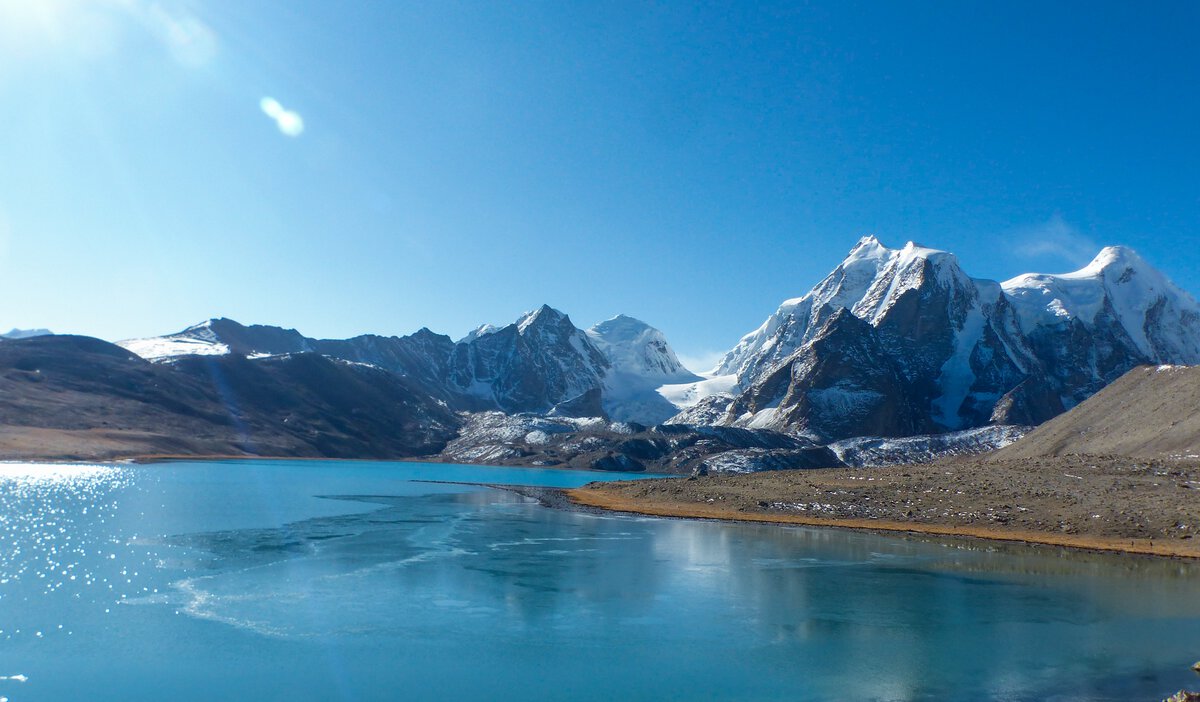
Sikkim is a leader in eco-tourism, offering sustainable travel experiences that emphasize environmental preservation and local culture. Nestled in the Himalayas, Sikkim provides visitors with pristine landscapes, rich biodiversity, and opportunities to engage with traditional communities. Sikkim is India's first state to be fully organic, demonstrating a strong commitment to sustainable agriculture and eco-friendly tourism.
Sikkim's weather varies by season: Spring is mild and pleasant, monsoons from June to August bring heavy rains, autumn is clear and temperate, and winters are cold with frequent snow in higher areas.
The best time to visit Sikkim is from March to May and September to November when the weather is clear and pleasant for outdoor activities and sightseeing.
Explore Sikkim's eco-friendly trails like Goechala and Dzongri, and engage with local communities through sustainable village tours. Visit Kanchenjunga National Park and other protected areas. Experience Sikkim's cultural heritage at Rumtek Monastery.
One of the top resorts in Sikkim is the Le Vintuna Gangtok Resort by Club Mahindra. Enjoy a luxurious and serene retreat amidst nature with top-notch amenities and stunning views of the Himalayas at this premier resort in Sikkim.
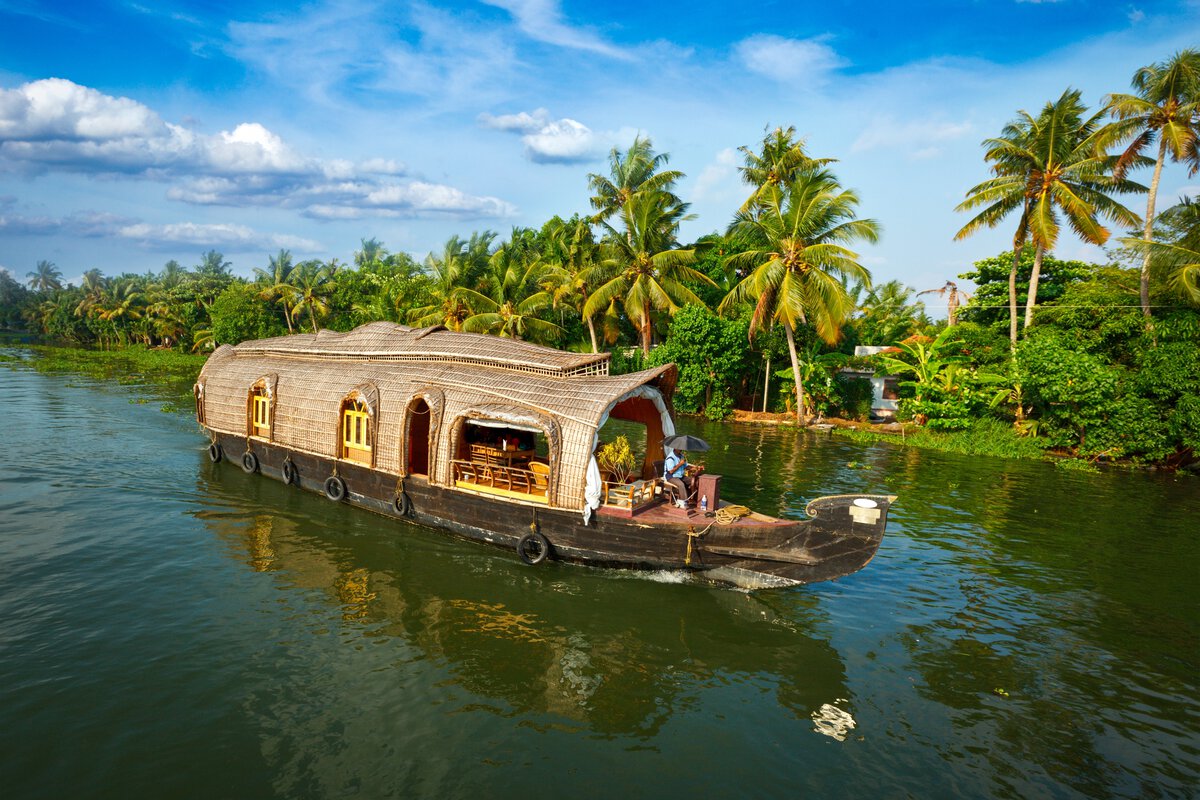
Kerala promotes eco-friendly tourism through traditional houseboat rides on its tranquil backwaters, responsible wildlife tours in sanctuaries like Periyar, and community-based tourism in local villages. These initiatives support conservation and offer sustainable ways for visitors to explore Kerala's rich natural and cultural heritage.
Kerala has a tropical climate: hot from March to May, rainy from June to September, and cooler from October to February.
The best time to visit Kerala is from October to February, when the weather is cooler and drier, which is ideal for exploring and sightseeing.
Explore the backwaters on eco-friendly houseboats, experiencing local life and biodiversity. Engage in wildlife observation and birdwatching at Periyar Wildlife Sanctuary. Tour organic spice farms in Munnar and Wayanad to learn about sustainable agriculture.
You can consider one of the finest Club Mahindra Resorts in Munnar, The Mount Serene Resort, for a tranquil retreat with top-notch amenities. This premier resort in Munnar offers breathtaking views and a serene atmosphere.
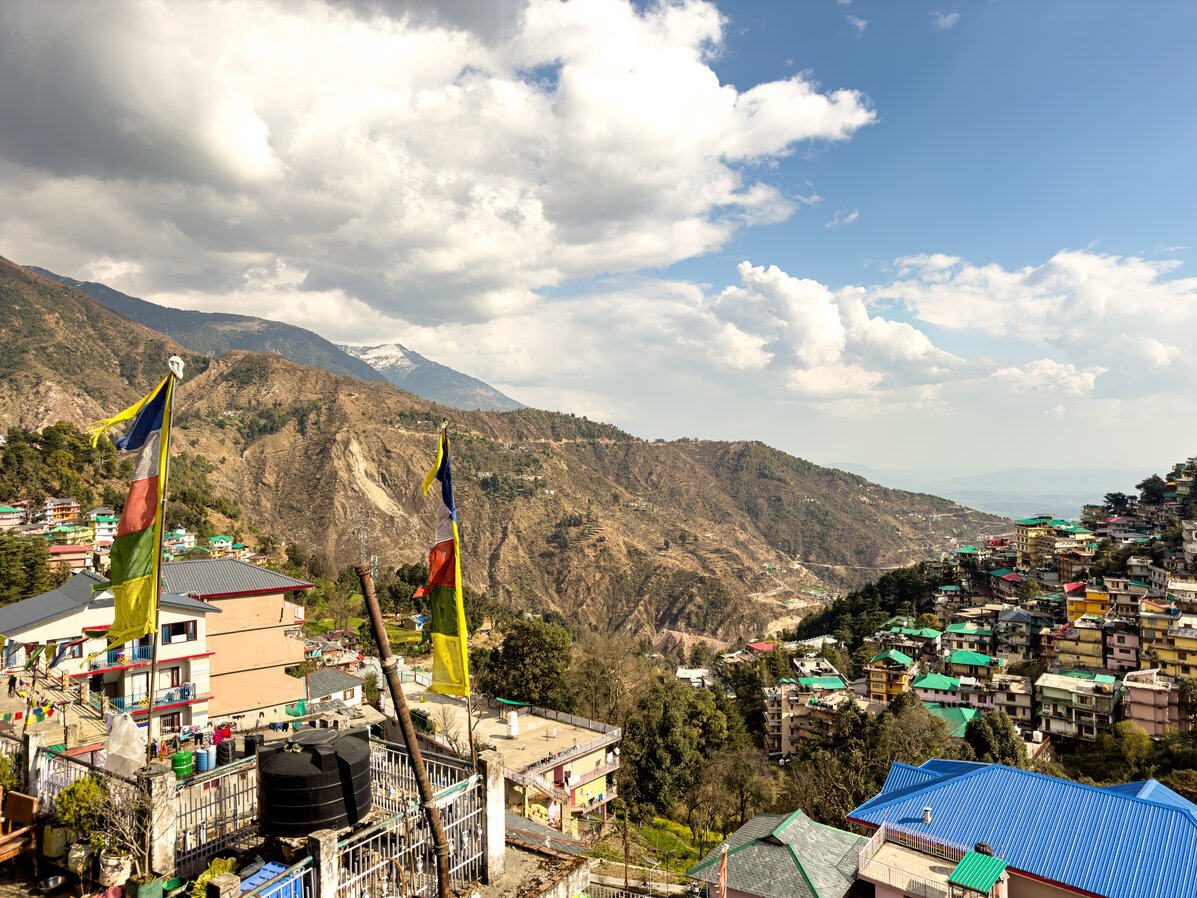
Himachal Pradesh is a prime destination for eco-tourism, with its stunning Himalayan landscapes and commitment to sustainable travel. Visitors can explore the lush valleys, crystal-clear rivers, and picturesque villages. The region offers opportunities for trekking, paragliding, and camping, all conducted with an emphasis on preserving the natural environment.
Himachal Pradesh experiences a diverse climate: summers (March to June) are mild and pleasant, monsoons (July to September) bring heavy rains, and winters (October to February) are cold with snow in higher regions.
The best time to visit Himachal Pradesh is from March to June for pleasant weather and from October to February for winter sports and snow views.
The state boasts several key tourist spots, such as Shimla, Manali, Dharamshala, and Dalhousie, each renowned for its unique combination of scenic landscapes and rich cultural heritage.
Engage in low-impact trekking in Kheerganga and Triund, respecting local ecosystems. Join eco-camps in Sangla Valley to learn about sustainable living. Explore eco-villages in Kinnaur and Spiti for sustainable agriculture and eco-homestays. Enjoy wildlife tours and bird watching in the Great Himalayan National Park.
You can consider staying at Club Mahindra Dharamshala Resort in Himachal Pradesh for a relaxing and picturesque getaway. This premier resort in Himachal Pradesh offers modern amenities and stunning views of the surrounding mountains.
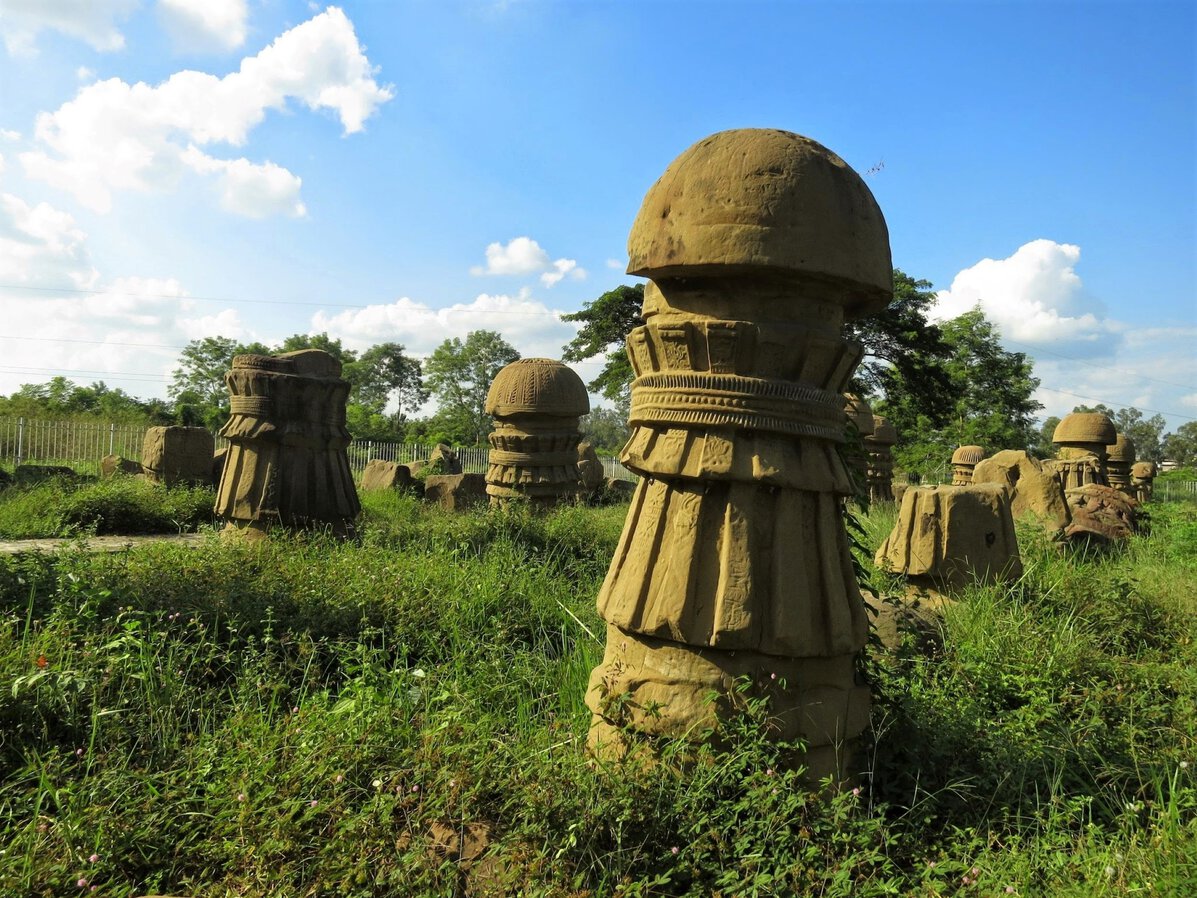
Nagaland offers a unique eco-tourism experience, blending rich tribal culture with breathtaking landscapes. Eco-travellers can explore dense forests and rolling hills, particularly in areas like Dzükou Valley, known for its stunning natural beauty and conservation efforts.
Nagaland features a moderate and pleasant climate, with summers (March to June) being warm and winters (November to February) cool and dry. The monsoon season (July to September) brings heavy rainfall.
The best time to visit Nagaland is from October to May when the weather is cooler and drier. It is ideal for exploring and attending cultural festivals like the famous Hornbill Festival in December.
Experience sustainable living in Khonoma Village, India's first green village, and learn about eco-friendly practices. Observe diverse wildlife, including the rare hoolock gibbon, in Intanki Sanctuary. Attend the Hornbill Festival to engage with Naga culture and support cultural preservation efforts.
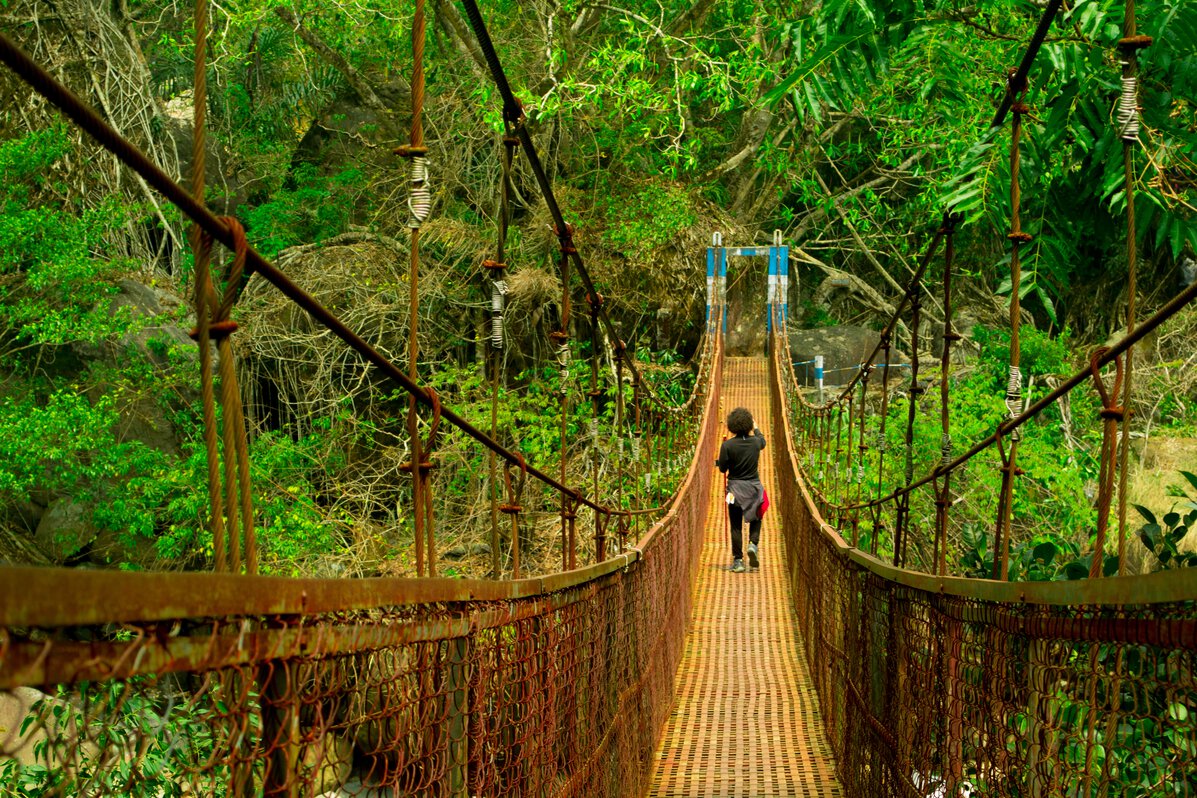
Meghalaya, known as the "Abode of Clouds," is a paradise for eco-travellers. With its lush rainforests, living root bridges, and stunning waterfalls, the state offers sustainable tourism experiences that highlight its natural beauty and rich cultural heritage.
Meghalaya has a pleasant climate: mild summers, heavy monsoon rains from June to September, and cool winters.
The best time to visit Meghalaya is from October to April when the weather is cool and pleasant, and it is ideal for sightseeing and outdoor activities.
Trek to the living Root bridges in Cherrapunji and Mawlynnong and discover waterfalls like Nohkalikai and Seven Sisters Falls. Enjoy a boat ride on the clear Umngot River in Dawki and explore the cave systems of Mawsmai and Liat Prah in Meghalaya.
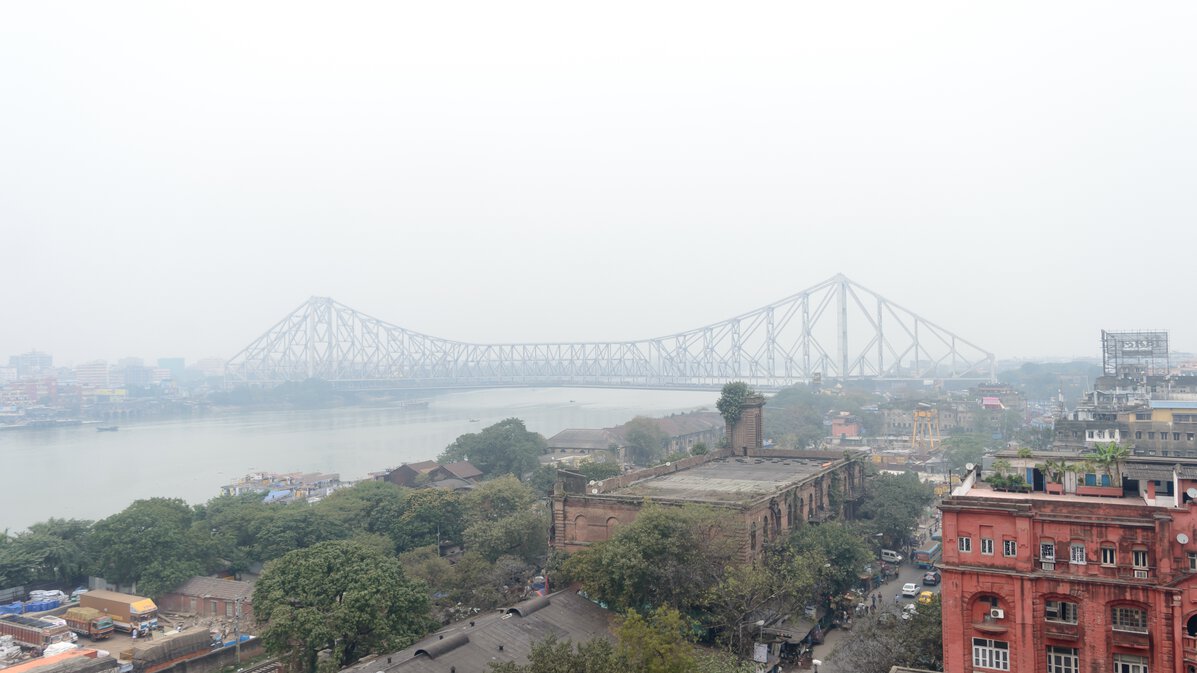
West Bengal offers diverse eco-tourism destinations, blending natural beauty with cultural heritage. The Sundarbans, a UNESCO World Heritage site, features the world's largest mangrove forest and the elusive Bengal tiger.
West Bengal has diverse weather: hot summers (March to June), heavy monsoon rains (June to September), and mild, pleasant winters (October to February).
The best time to visit West Bengal is from October to March when the weather is cool and pleasant.
Explore Sundarbans' mangrove forests and spot Bengal tigers. Enjoy eco-friendly treks and tea plantation tours in Darjeeling. Discover diverse wildlife in Jaldapara and Gorumara National Parks. Experience Bishnupur's terracotta temples and local crafts.
Stay at Summit Hermon Resort in Darjeeling, West Bengal, for a luxurious retreat with breathtaking views of the Himalayas. This premier resort in West Bengal offers top-notch amenities and a serene atmosphere.
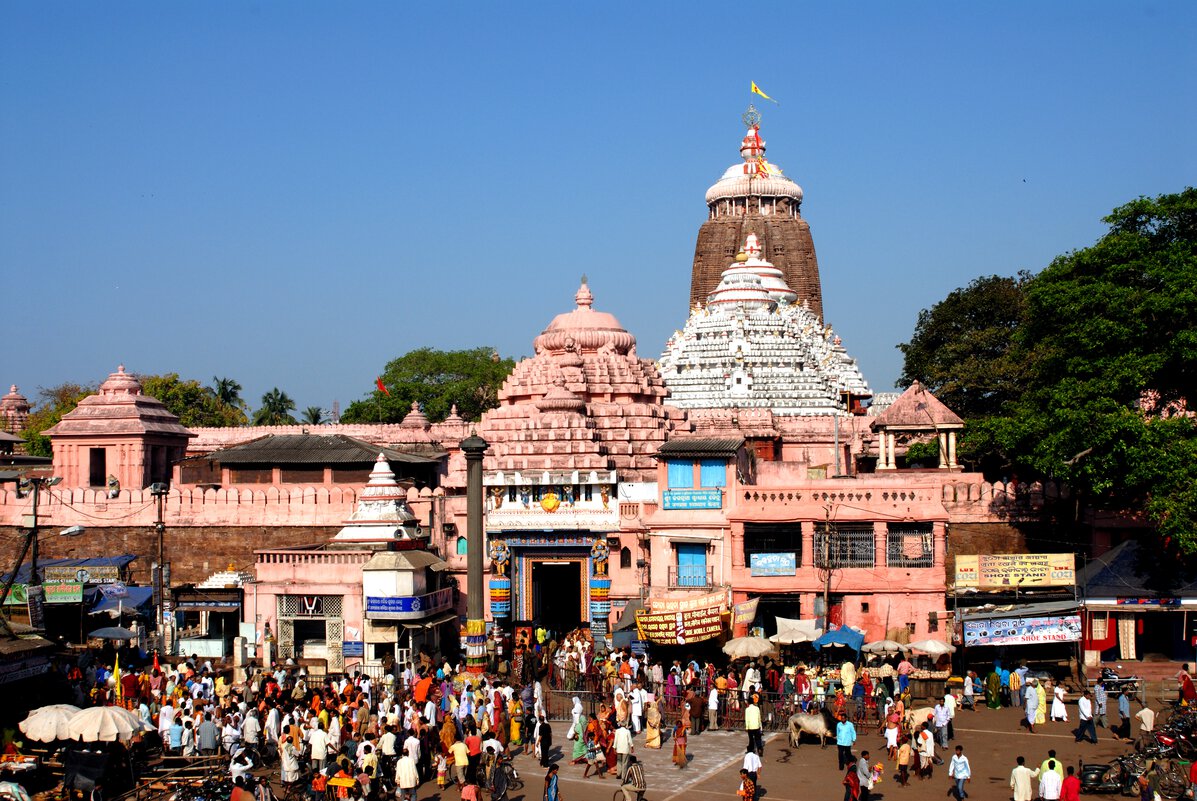
Odisha offers diverse eco-tourism experiences, including Chilika Lake for birdwatching, Simlipal National Park for lush forests and wildlife, and Bhitarkanika Mangroves for saltwater crocodiles and migratory birds. It's an ideal destination for eco-travellers. Odisha is home to 5 national parks, 18 wildlife sanctuaries, and numerous other protected areas, hosting a diverse range of flora and fauna.
Odisha experiences a tropical climate: hot summers (March to June), heavy monsoon rains (June to September), and mild winters (October to February).
The best time to visit Odisha is from October to February when the weather is cool and pleasant.
Spot diverse bird species at Chilika Lake, Asia's largest brackish water lagoon. Explore lush forests and wildlife in Simlipal National Park. Discover saltwater crocodiles and migratory birds in the mangroves of Bhitarkanika. Enjoy scenic treks and river cruises along the Mahanadi River in Satkosia Tiger Reserve.
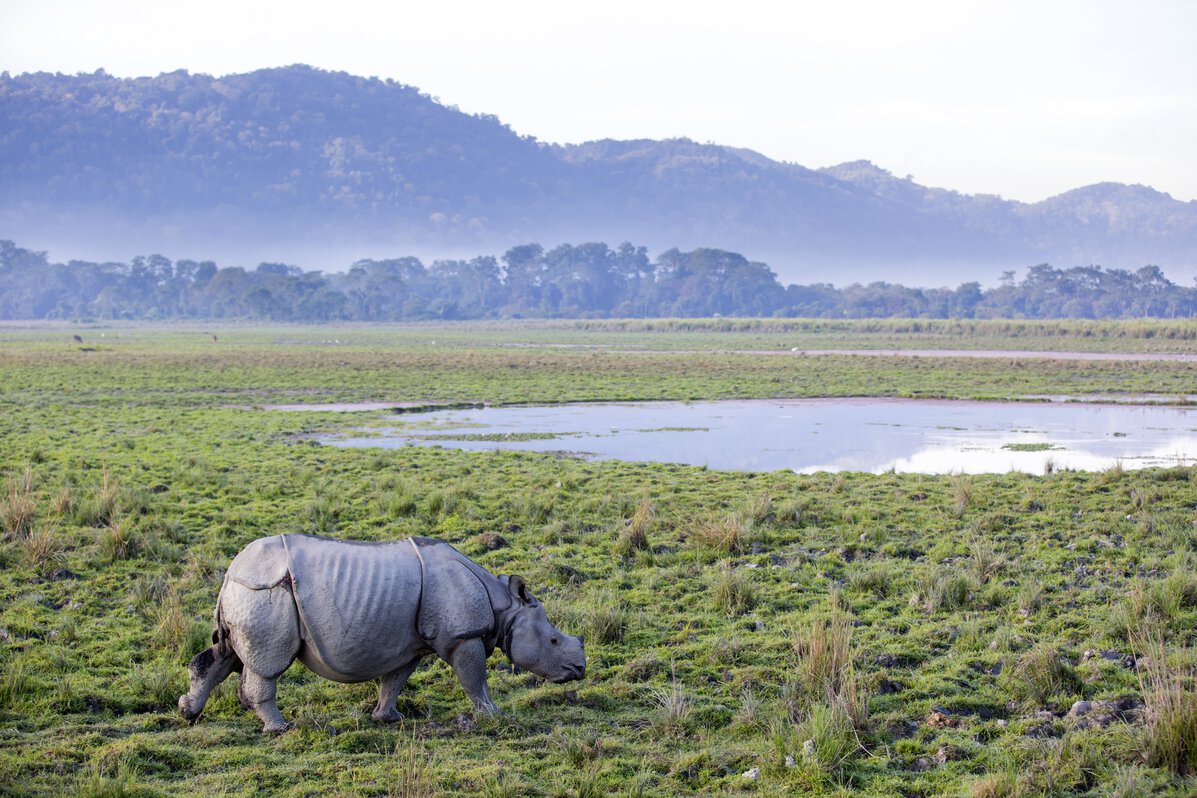
Assam, with its rich biodiversity and scenic landscapes, is a haven for eco-travellers. Home to the famous Kaziranga National Park, known for its one-horned rhinoceros, and the serene Majuli Island, the world's largest river island, Assam offers unique eco-friendly experiences.
Assam has a subtropical climate: warm summers (March to June), heavy monsoon rains (June to September), and cool, pleasant winters (October to February).
The best time to visit Assam is from October to April when the weather is cool and pleasant.
Spot one-horned rhinoceroses in Kaziranga National Park. Enjoy birdwatching in Dibru-Saikhowa National Park. Experience the culture and landscapes of Majuli Island. Go river rafting in Manas National Park.

Goa, renowned for its stunning beaches and vibrant nightlife, also offers rich eco-tourism experiences. From lush wildlife sanctuaries like Bhagwan Mahavir to serene spice plantations and scenic Western Ghats, Goa is an ideal destination for eco-travellers seeking to explore nature and support sustainable tourism practices.
Goa has a tropical climate: hot and humid summers (March to May), heavy monsoon rains (June to September), and mild, pleasant winters (October to February).
The best time to visit Goa is from November to February when the weather is cool and pleasant.
Kayak through Goa's serene backwaters and explore its biodiversity. Enjoy eco-friendly cycling tours of rural landscapes and coastal areas. Discover vibrant marine life with snorkelling and scuba diving. Experience diverse ecosystems on guided nature walks and treks in the Western Ghats.
Stay at Club Mahindra Emerald Palms Resort in Varca, Goa, for a luxurious and relaxing getaway. This premier resort in Goa offers top-notch amenities and proximity to pristine beaches.
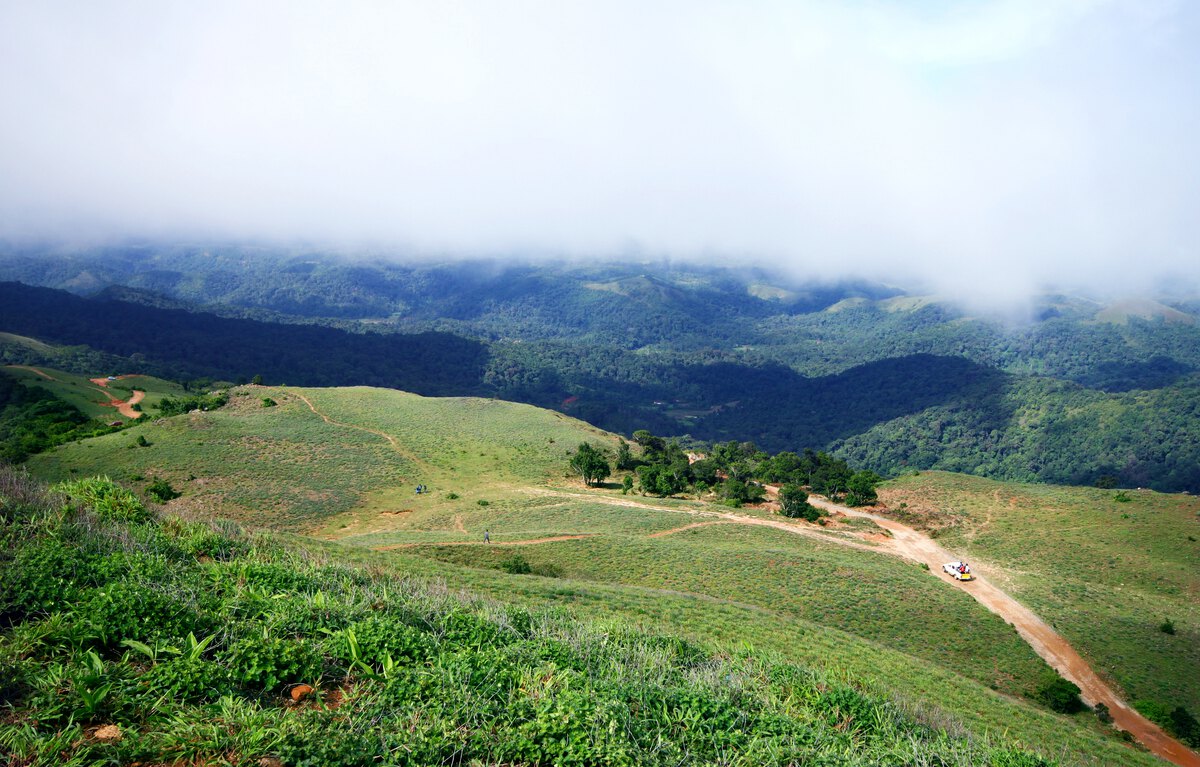
Coorg, also known as Kodagu, is a picturesque hill station in Karnataka, famous for its lush coffee plantations, rolling hills, and scenic beauty. It's a haven for nature lovers and adventure enthusiasts, offering activities like trekking, birdwatching, and river rafting amidst its verdant landscapes and misty mountains.
Coorg has a pleasant climate year-round: mild summers, heavy monsoon rains from June to September, and cool, enjoyable winters.
The best time to visit Coorg is from October to March when the weather is cool and pleasant.
Explore scenic trails in Tadiandamol and Brahmagiri Hills, and visit local coffee estates to learn about coffee production. Enjoy adventure rafting on the Barapole River and spot diverse wildlife at Nagarhole National Park and Dubare Elephant Camp.
Where to stay in Coorg:
Stay at Club Mahindra Madikeri, Coorg Resort in Karnataka, for a serene and luxurious retreat. This premier resort in Coorg offers stunning views and top-notch amenities amid lush greenery.
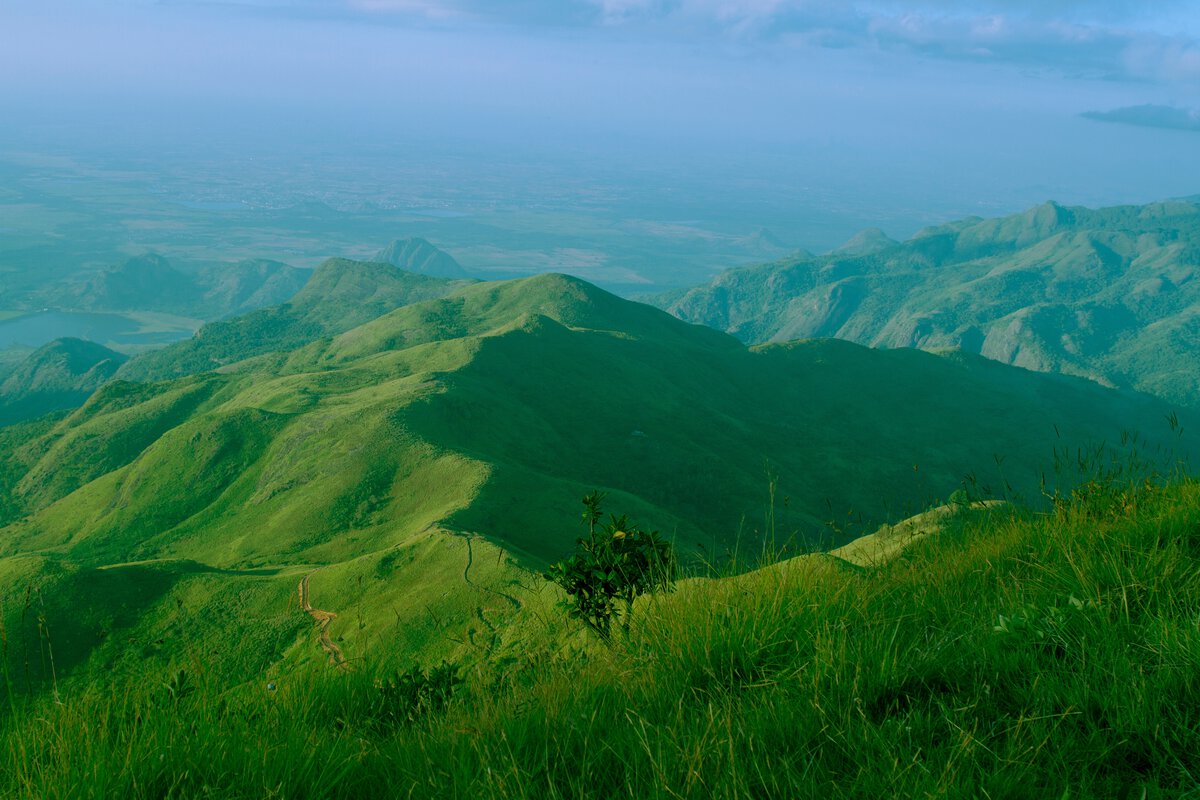
Kodaikanal, often referred to as the "Princess of Hill Stations," is a charming hill town in Tamil Nadu. Known for its cool climate, scenic beauty, and lush greenery, Kodaikanal offers tranquil lakes, misty hills, and vibrant gardens. It's a popular destination for nature lovers and those seeking a peaceful retreat amidst picturesque landscapes.
Kodaikanal enjoys a mild climate year-round: cool summers, moderate monsoon rains from June to September, and chilly winters with temperatures sometimes dropping to near freezing.
The best time to visit Kodaikanal is from April to June and September to November when the weather is pleasant
Enjoy a peaceful boat ride on the serene Kodaikanal Lake and explore scenic trekking trails like Dolphin's Nose and Perumal Peak. Rent a bicycle to ride around the picturesque town and lake, and take a tranquil stroll through the enchanting pine forests.
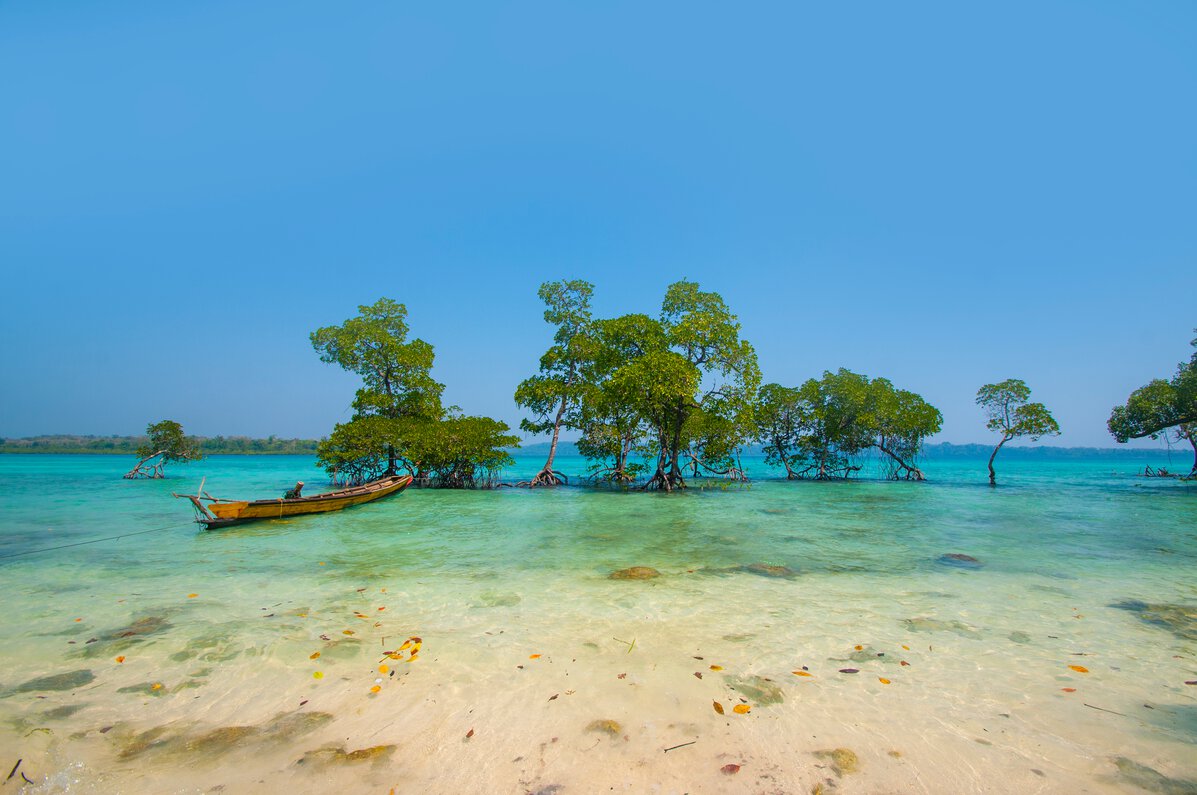
The Andaman and Nicobar Islands are a haven for eco-travellers, offering unspoiled beaches, lush rainforests, and rich marine biodiversity. Known for their commitment to sustainable tourism, these islands provide eco-friendly activities like snorkelling, scuba diving, and trekking, allowing visitors to experience the natural beauty while promoting conservation efforts.
The Andaman and Nicobar Islands have a tropical climate: warm and humid year-round, with heavy monsoon rains from May to September and pleasant, dry weather from October to April.
The best time to visit the Andaman and Nicobar Islands is from October to April, when the weather is pleasant
Explore vibrant coral reefs and marine life through snorkelling and scuba diving. Enjoy scenic treks in places like Mount Harriet, paddle through serene mangroves while kayaking, and visit Chidiya Tapu for diverse bird species and excellent bird watching.
Stay at Symphony Samudra Port Blair Resort in Andaman and Nicobar Islands for a luxurious and tranquil getaway. This premier resort in Andaman and Nicobar Islands offers stunning ocean views and top-notch amenities.
Being an eco-friendly traveller means supporting sustainable tourism and minimizing environmental impact. Here are some tips:
Eco-tourism in India allows for sustainable exploration of the country's natural landscapes while supporting conservation and local communities. Kerala's backwaters, the Andaman and Nicobar Islands, Sikkim, Himachal Pradesh, and Nagaland, are some of the best nature tourist places in India. By respecting nature and minimizing waste, travellers can enjoy these beautiful natural places in India responsibly, ensuring that these natural tourist places remain pristine for future generations.
Mahindra Holidays & Resorts India Ltd. (MHRIL), a part of Leisure and Hospitality sector of the Mahindra Group, offers quality family holidays primarily through vacation ownership memberships and brings to the industry values such as reliability, trust and customer satisfaction. Started in 1996, the company's flagship brand ‘Club Mahindra’, today has over 290,000 members , who can holiday at 140+ resorts in India and abroad.